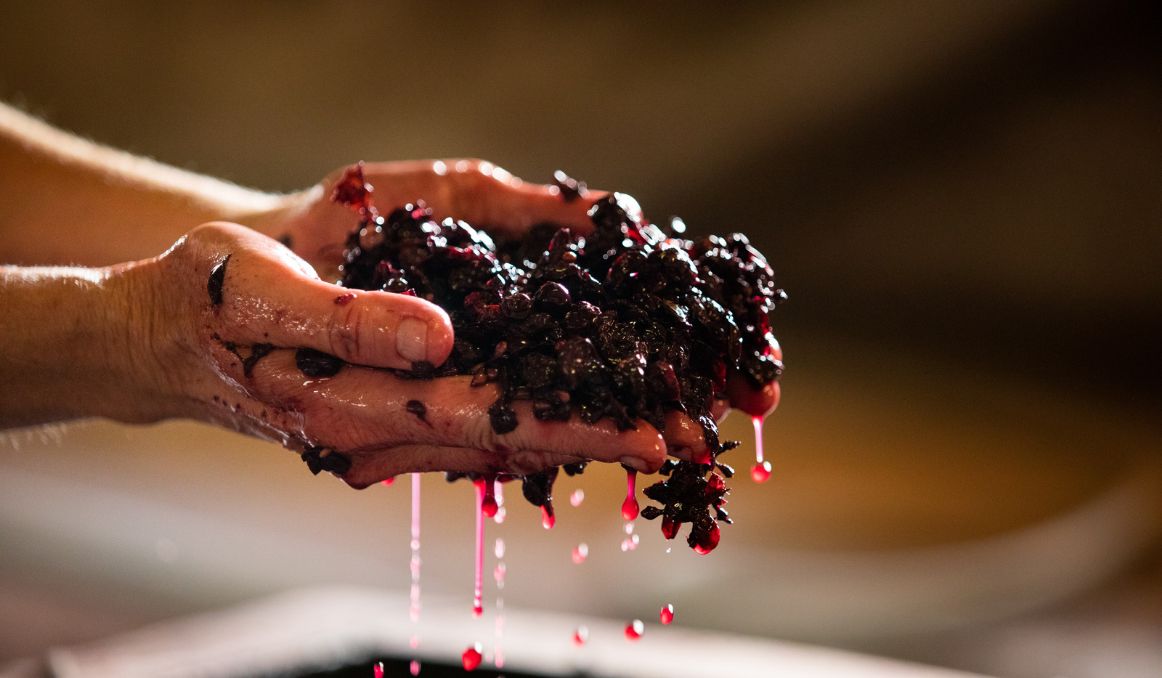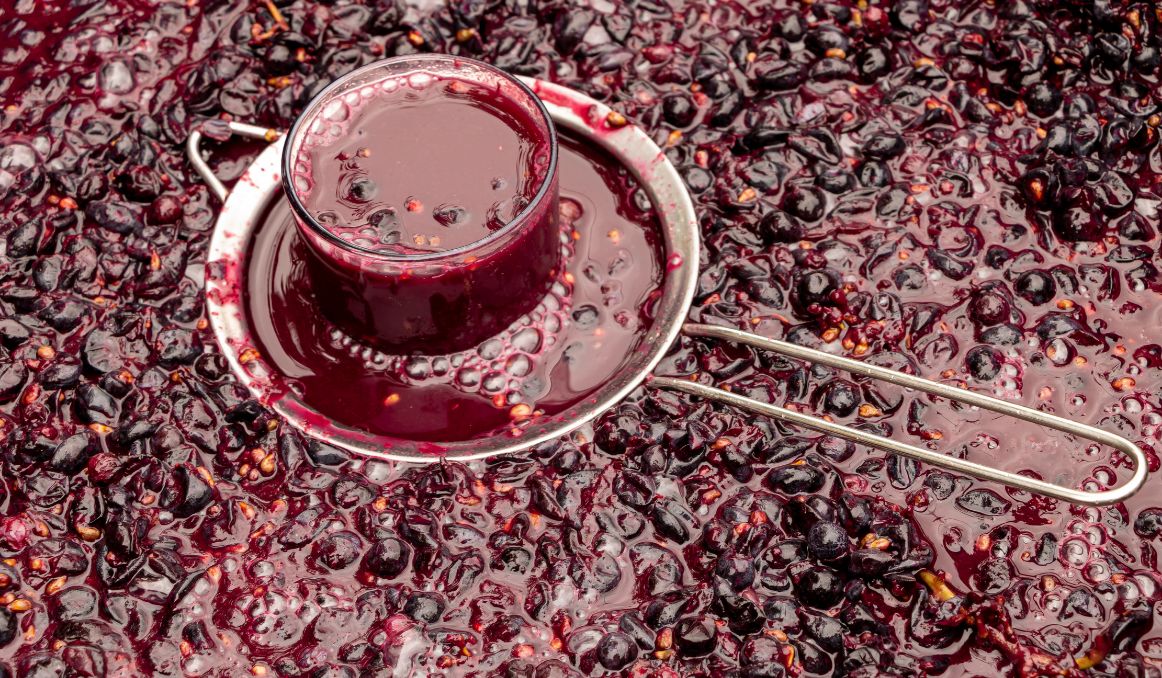Adding Yeast Nutrient During Wine Fermentation: Need to Know
If you thought beer was easy to brew, you’ve never thought about winemaking. It’s fast and simple, so simple, many people make wine right in their own homes. But, of course, problems do occur, and one of the greatest problems early winemakers encounter is stuck fermentation. What to do?
With beer, quite often a yeast nutrient is added. But adding yeast nutrient during wine fermentation is not only frowned upon in some circles, it is even illegal in some locations! Why?
The Simplicity of Wine

First, let’s talk about how wine is made.
What many people do not realize is that the first step in winemaking is choosing the right grapes. You’re not just going to grab some table grapes from the market and stomp on them like Lucille Ball to make great, or even good, wine.
Wine grapes, whether red or green, have seeds, thicker skins, and are usually super sweet. You don’t want to eat them.
From there, you will choose your wine grapes based on the flavor profile and level of sweetness you are seeking. You will usually be choosing from among white wine, red wine, rose wine, or blush wine. You can mix and match your grapes for deeper reds, pinks, and crisp whites.
But in the end, you will choose your grapes, clean them, put them into a container, and crush them.
Once you’ve extracted all the liquid from the grapes, you will add yeast.
That’s it.
That’s it?
Well, there are a few extra steps, but cleaning and crushing grapes and then adding yeast is really how you make wine.
From there, you will let the yeast sit in the liquid, now called “must,” and ferment.
Yeast in Wine
When the yeast gets into the must, it gets busy consuming all the sugars from those super sweet grapes and turning that sugar into alcohol and carbon dioxide.
The longer the yeast is left in the must, and the higher the sugar content, the higher alcohol content you will get in the resulting wine.
Over time, the winemaker will filter out, a process called “racking”, the sediment that falls to the bottom of the wine barrel, and allow the wine to continue to ferment.
You can remove the yeast at any time and stop fermentation, keeping the wine sweeter and lower in alcohol content.
But what if the wine stops fermenting before you’re ready?
Stuck Fermentation
This is called stuck fermentation, and it can happen for a variety of reasons.
The grapes may not have been plump and juicy enough. A hot season could easily dry out grapes, slowing down the production of sugar, which will not provide enough food for the yeast, which will slow it down to a sluggish crawl.
The yeast may be old and tired. It’s true. Your yeast may not be vital and viable, meaning not enough of the yeast in your batch is alive and well and ready to get to work.
The temperature may be off. Wine wants to ferment at a temperature between 65 and 70 degrees Fahrenheit. If your room is too cool, the yeast will slow down. If it is too warm, your yeast could die off.
How to Fix Stuck Fermentation

Truly, sometimes fixing stuck fermentation is as easy as stirring your liquid with a spoon and agitating your yeast. They often just need a little wake up call.
Other times it is a matter of fixing your temperature. Make sure your temp is between 65 and 70 degrees and watch that fermentation pick up quickly.
When it comes to the grapes, you should check them before you crush them to be sure they have enough sugar and nutrients to complete fermentation. You may want to add sugar before fermentation begins if your grapes are low in sugar content.
You can also add a yeast energizer, which, for many, is preferable to adding a yeast nutrient. When adding yeast energizer, you can start with a small amount added to a clean batch of must, get the yeast working, add in some yeast hulls for good measure (food for the yeast), and pitch the combination into the stuck batch.
Adding Yeast Nutrient During Wine Fermentation
The most common reason people frown upon adding yeast nutrient during wine fermentation is that you can end up with too many nutrients, creating off flavors and aromas.
Yeast nutrient is just what it sounds like, nutrients for your yeast, and it is made up primarily of nitrogen.
The reason it is illegal in many areas to add too much nutrient is that it can lead to the creation of an organic compound called ethyl carbamate, which is a suspected human carcinogen. Foods like soy sauce and kimchi, yogurt and olives, all contain trace amounts of ethyl carbamate and can be toxic at really high levels. Thus, adding too much yeast nutrient can be dangerous for human consumption and is therefore regulated.
In the end, if you decide to add yeast nutrient, make sure you first check off all the other possible reasons for stuck fermentation. Then, be sure to add only the smallest amount necessary as you don’t want to either break the law or end up with off flavors from volatile acidity and microbial instability.
The goal, as always, is consistency, so check your grapes, measure your nutrient levels before creating your must, and then allow for ideal conditions for your yeast to ferment.
It is rare that you will even have to add sugar, much less yeast energizer or yeast nutrient.
And remember, as long as you are practicing at home, or in the beginning stages of your winery, you can experiment and explore with a variety of options. After all, practice makes perfect.
Cheers!
Passionate about the beer and/or wine making process? So are we! If you’re interested in finding out how you can use our technology to control fermentation and monitor your yeast, save work hours and improve the cost-efficiency of your business, drop us a line at [email protected] or check out our product pages:
- Oculyze BB 2.0 (Better Brewing) Yeast Cell Counter App + Hardware
- Oculyze FW (Fermentation Wine) Yeast Cell Counter App + Hardware
Also, you can now get access to a fully functional demo account to test our Web App. Completely free of charge and with no commitment to purchase.
Sources:


